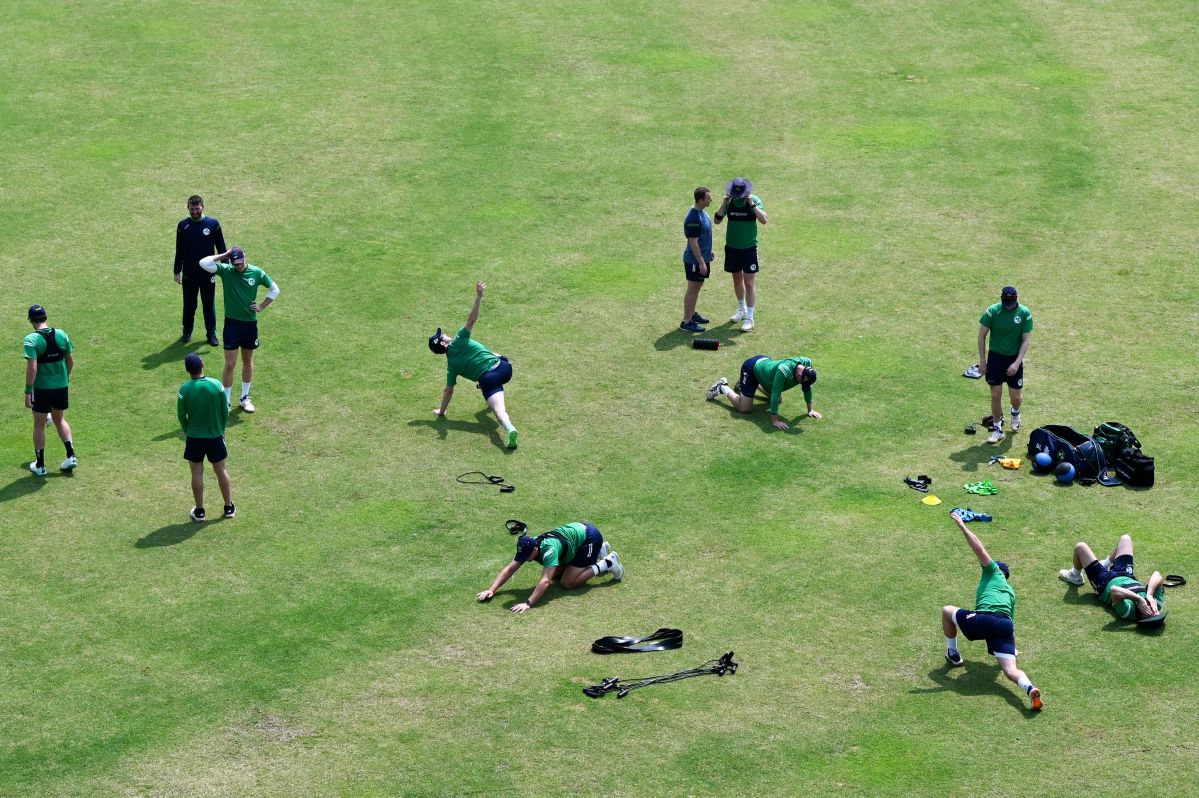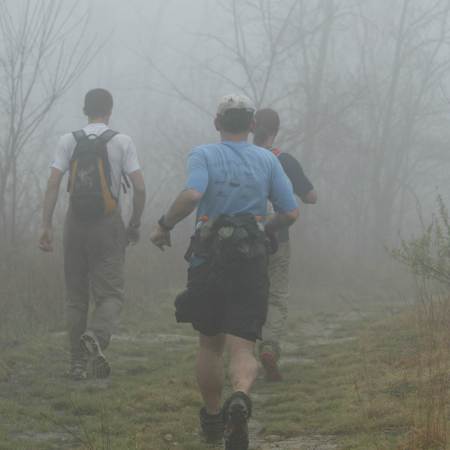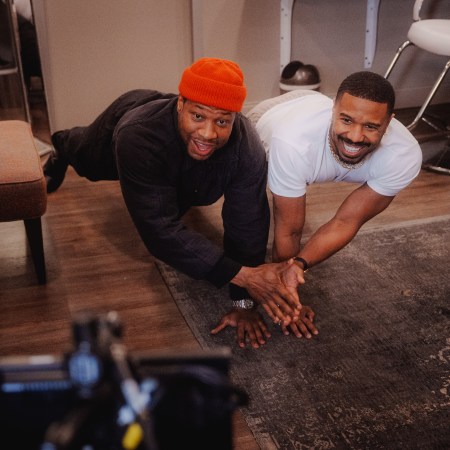Few people understand the importance of recovery fitness better than Killian Jornet, a Spanish trail runner who regularly runs up and down the mountains outside his home in Norway.
Jornet currently claims the fastest known times for ascent/descents of Matterhorn and Mont Blanc, and earlier in his career, owned similar records for Mount Kilimanjaro, Denali and Acongua. Is it running? Mountaineering? Climbing? Skiing? Hard to say — but his trade involves a whole lot of everything, and pushes his body to the brink.
So if Jornet is jazzed by something called a “Cost Benefit Recovery Quadrant,” you know it’s good. Find the handy chart below, in the second slot of an Instagram post he uploaded over the weekend.
The graph was originally posted by Dr. Peter Tierney (a lululemon researcher, and former performance coach for the England national football team), and has gone through some iterations to reflect viewer feedback. The version above cuts to the heart of the matter, though, as a creative visual expression of what works and what’s overrated in the buzzy recovery fitness space.
Note that the best overall strategy for helping the body recover, scoring huge on effectiveness and cost, isn’t anything headline-grabbing, like massage guns or cold-water immersion. It’s sleep. Just consistent, quality sleep. There are ways to optimize the ritual by spending more (notice that “high-quality bed and mattress” wins the splurge-worthy superlative in this cost-benefit matrix), but at the end of the day, if you’re training well without sleeping well, your body is going to struggle to recover…much less improve.
Other takeaways:
- Hammer those “free” strategies, like spending time in nature, socializing with friends, observing the sun, meditating, practicing breathwork and taking a day off to literally do nothing
- Make sure you’re fueling up properly, and if you’re training hard or frequently (albeit not in the realm of a Jornet), understand that you can’t skimp…you need to populate your diet with nutrient-dense, calorically-rich foods
- A drinking habit is going to make any sort of fitness recovery really hard, full stop
- The toys and supplements we hear so much about — and this very publication writes a lot about, to be fair — simply can’t do the job on their own
- We’re going to hear a lot more about the impact of pollution on fitness in the next 50 years. For a start: read about the impact of wildfire smoke on the running community here.
- The stresses in your life will have an undeniable impact on your body’s ability to perform, starting with your job. If you feel that your true pursuit/purpose lies in fitness, orienting yourself away from a stressful industry is likely in your best interest.
The Charge will help you move better, think clearer and stay in the game longer. Subscribe to our wellness newsletter today.


















